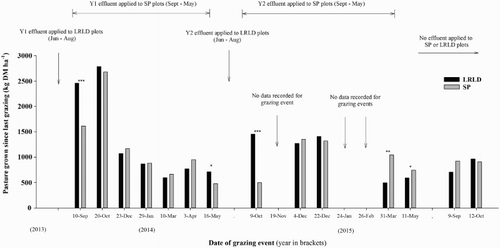Figures & data
Table 1. Some selected soil and farm properties for the Telford experimental site.
Figure 1. A, Schematic diagram of the trial site showing the layout of plots and assignment of treatments. B, The design of the plots and C, the drainage collection system.
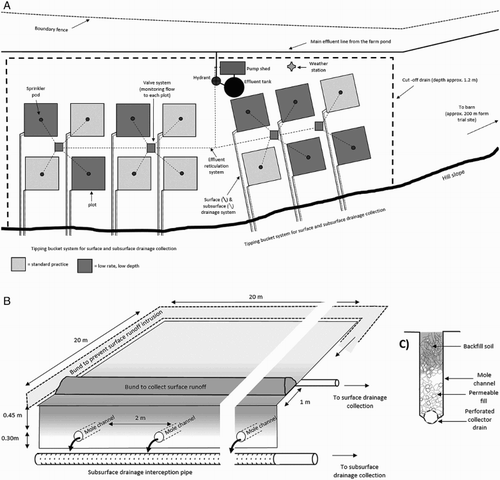
Figure 2. Total monthly rainfall and evaporation (mm) at the research site between 10 June 2013 and 1 June 2015. Long-term (15-year average) monthly average rainfall (+) and potential evaporation (…) values are also shown.
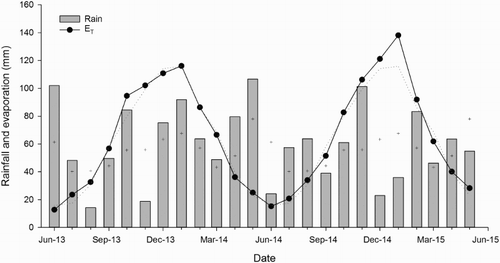
Table 2. Nutrient and faecal (E. coli) inputs to treatments via effluent applied during the 2-year experiment. Additional nutrients applied in dung and urine during grazing were not quantified and are expected to be similar across treatments.
Figure 3. Cumulative drainage from the LRLD and SP treatments between June 2013 and December 2015. Effluent was applied to LRLD plots between June and August each year, while similar loadings of effluent (based on kg N ha−1) were applied to the SP treatment between November and May of each year. Values represent the mean of seven replicates, except for measurements made from 14 May 2015 onwards, in which case n = 3. Rainfall (mm) at the site is also shown as inverted bars.
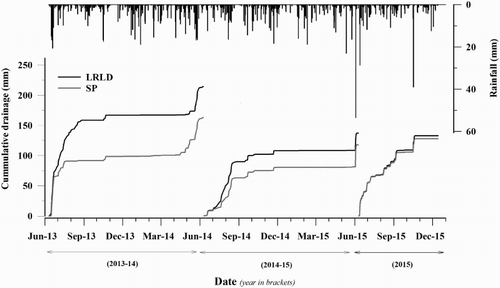
Figure 4. Concentrations (g m−3) of A, ammonium (NH4-N), B, nitrate (NO3-N), C, dissolved organic nitrogen (DON) and particulate nitrogen (PN), and D, total nitrogen (TN) in subsurface drainage from the LRLD and SP treatments. Values represent the mean of seven replicates except measurements made from 14 May 2015 onwards, in which case n = 3. Grazing events throughout the experimental period are shown by triangle symbols. For each sampling event, statistically significant differences (P < .05) between treatments are indicated with a cross.

Figure 5. Concentrations (g m−3) of A, filtered reactive phosphorus (FRP), B, dissolve organic phosphorus (DOP), and, C, total phosphorus (TP) in subsurface drainage from the LRLD and SP treatments. Values represent the mean of seven replicates except for measurements made from 14 May 2015 onward, in which case n = 3. Grazing events throughout the experimental period are shown by triangle symbols. For each sampling event, statistically significant differences (p < .05) between treatments are indicated with a cross.
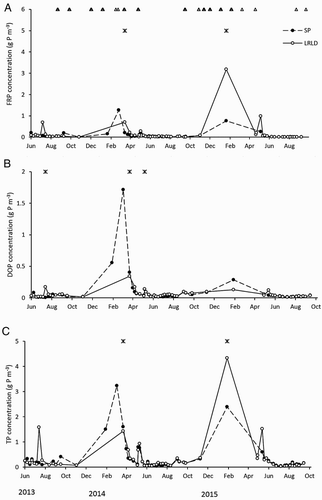
Figure 6. Concentrations of E. coli (MPN 100 mL−1) in subsurface drainage from LRLD and SP treatments. Values represent the mean of seven replicates except measurements made from 14 May 2015 onwards, in which case n = 3. Grazing events throughout the experimental period are shown by triangle symbols. For each sampling event, statistically significant differences (P < .05) between treatments are indicated with a cross.
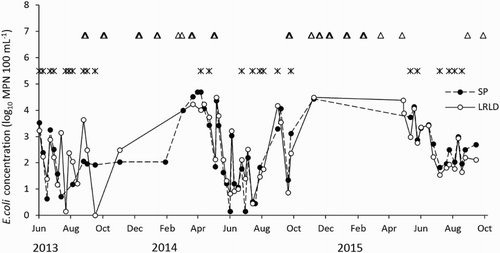
Table 3. Total seasonal and annual per hectare losses of N, P and E. coli.in combined surface and subsurface flows from hydraulically isolated plots (Mean ± SEM) (n = 7 unless otherwise indicated).
Figure 7. Pasture growth (kg DM ha−1) measured between grazing events from September 2013 to October 2015. For each value, n = 7 except grazing events from 31 March 2015 to October 2015 where n = 3. For each sampling event, significant differences between treatments are marked as: * (P < .05), ** (P < .01), *** (P < .001).
